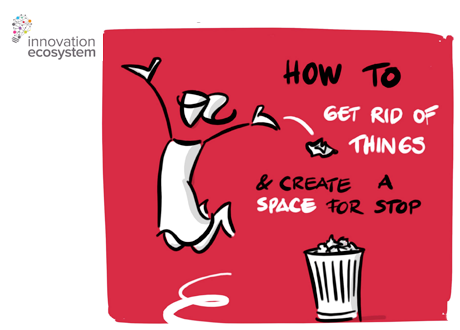Managing Fundraising Innovation: the Dangers of the ‘Echo-Chamber’
This case study explores the results of an innovation research process undertaken by Oxfam, which compared internal feedback vs. general public feedback to identical sets of ideas. In comparing responses between these two audiences, Oxfam discovered an immediate and obvious divide between their staff’s opinions about which fundraising ideas would perform the best, versus what the general public preferred - an important lesson about avoiding the bubble of the echo chamber.




